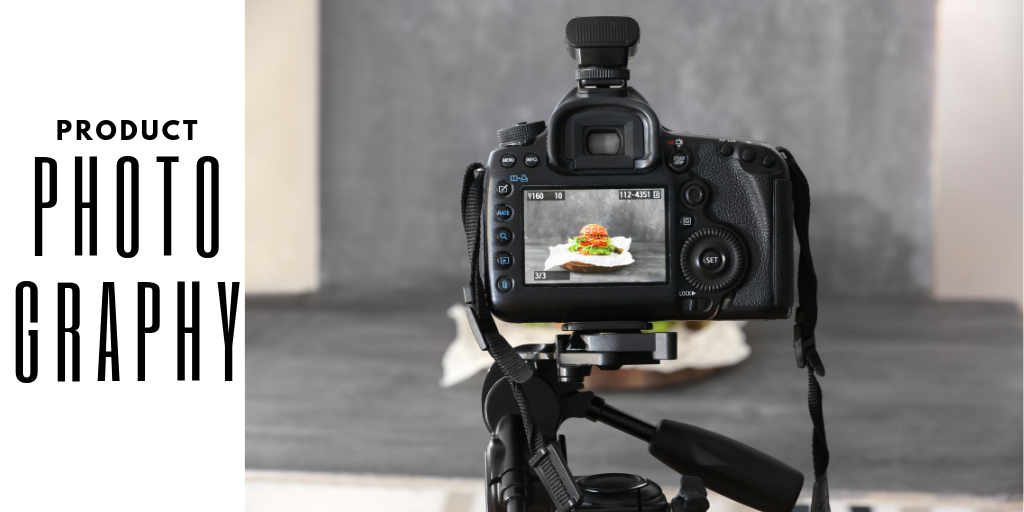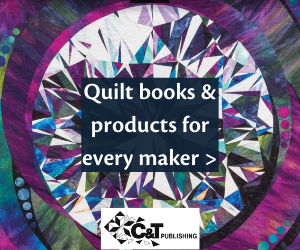
If you think your quality product that consumers need can sell itself, you’re wrong. Unfortunately, how quickly you can get the product to your customer plays a huge role in the success of your business.
When figuring out shipping logistics, keep in mind the following.
What to keep in mind
- Your company’s objective. This will help determine how much to spend on logistics. If your goal is to get your product in the hands of the consumer as quickly as possible, then spend more on logistics. If your strategy is to be a low-cost alternative, you’ll have to find ways to cut on spending.
- Service sells. Transparency in the shipping process can be the best move your company makes. Often times it’s not possible to get your product to the customer by the next day, but sometimes all customers want is an efficient communication system.
- Your management system is just as important as your forklifts and storage. It’s easy to pay big money for things you can see, but an effective management system can save costs on both the front and back end.
- Keep track of your costs. By knowing how much you’re spending on shipping each item, you’ll know where you need to cut on spending.
- Get competing quotes. Shop around every few years to make sure you’re getting the best help with your shipping logistics for the best price.
- Plan ahead. By starting the shipping process before the busy season starts, you won’t feel like you’re drowning when more orders are coming in then your business can really handle.
- Keep up on sales and operations. By accurately forecasting what your consumers want, you can stay on top of inventory.
Third party logistics
Some small businesses have found that working with a third party provider is too expensive for them, but this isn’t always the case. Check out options like UPS, FedEx, and DHL and their small business units to see how they can help. Often these companies have streamlining options for shipping that you may have missed.
Branding
Packaging is the perfect time to expand your branding. High quality packaging with your high quality product is just another piece of the puzzle to optimize the user experience.
If you’re looking for more information to guide you in owning a retail business, subscribe to American Quilt Retailer today. Already a subscriber? No worries—join our Facebook group for insights and dialogue from industry specialists like you.













